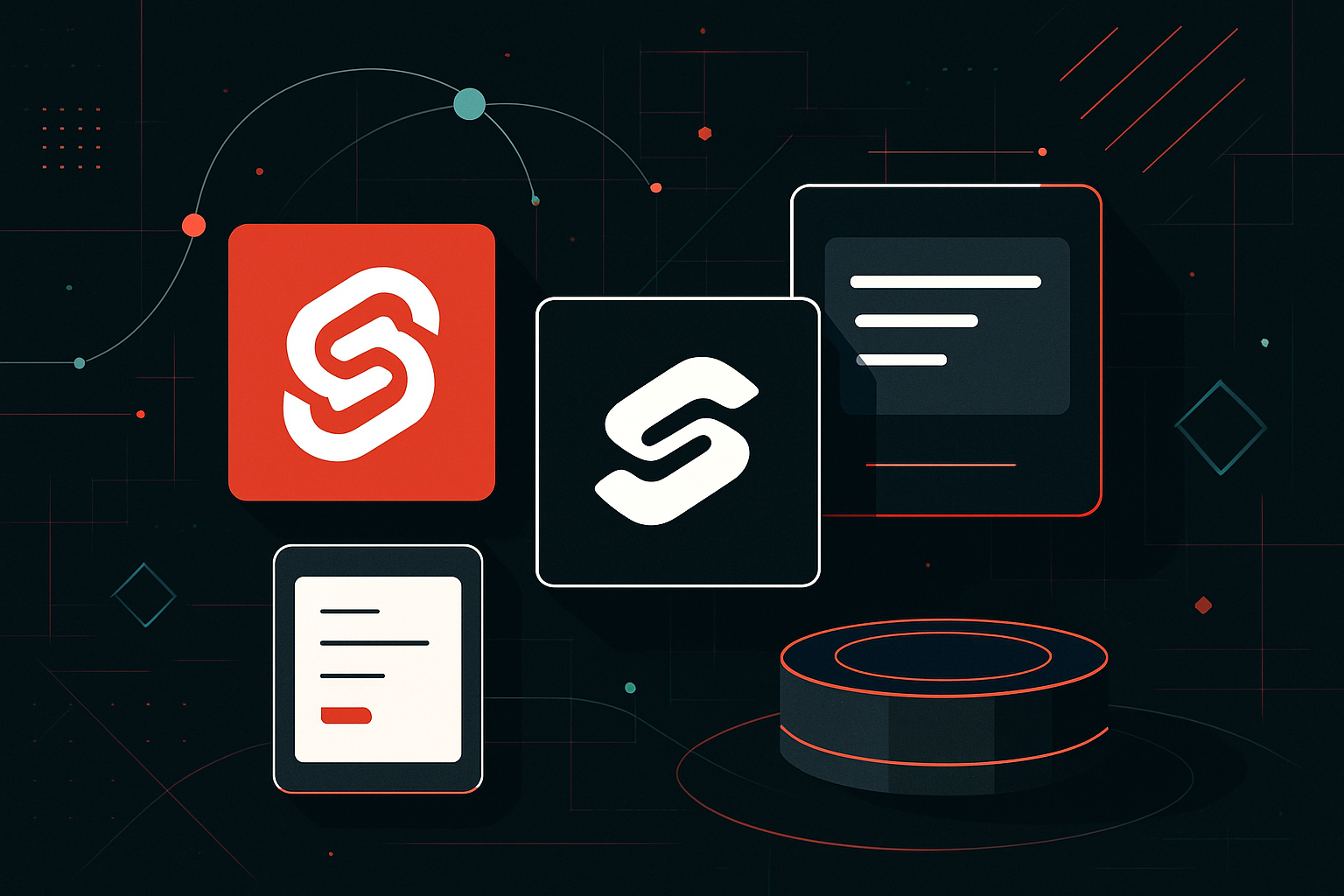Serverless Architecture: Pros and Cons

Understanding Serverless Architecture
Serverless architecture is a cloud-computing execution model where the cloud provider dynamically manages the allocation and provisioning of servers. Despite the name, servers are still involved, but the management of these servers is abstracted away from the developers. This allows developers to focus purely on writing code.
Key Components of Serverless Architecture
- Function as a Service (FaaS): This is the core of serverless computing. Developers write code in the form of functions, which are executed in response to events.
- Backend as a Service (BaaS): This involves third-party services that handle server-side logic and state. Examples include authentication, databases, and file storage.
Pros of Serverless Architecture
Cost Efficiency
- Pay-per-Execution: Costs are incurred only when code is executed. This can lead to significant savings, especially for workloads with unpredictable or variable demand.
| Traditional Servers | Serverless |
|---|---|
| Fixed monthly cost | Pay-per-use |
| Requires over-provisioning for peak loads | Automatically scales with demand |
Scalability
- Automatic Scaling: Serverless platforms handle scaling automatically. Functions are replicated to handle increases in load without manual intervention.
Reduced Operational Complexity
- No Server Management: Developers do not have to worry about server provisioning, maintenance, or scaling. This can drastically reduce operational overhead.
Faster Time to Market
- Focus on Code: With infrastructure concerns abstracted away, teams can focus on writing and deploying code faster.
Built-in High Availability
- Redundancy and Fault Tolerance: Serverless platforms inherently provide high availability and disaster recovery features.
Cons of Serverless Architecture
Cold Starts
- Latency Issues: Functions not recently used may experience a delay when first invoked, known as a cold start. This can be problematic for latency-sensitive applications.
javascript
// Example: AWS Lambda Cold Start
exports.handler = async (event) => {
// Initializations that contribute to cold start
const dbConnection = await initializeDatabase();
// Function logic
};
Vendor Lock-In
- Platform Dependency: Relying heavily on a specific cloud provider’s serverless offerings can make it difficult to switch vendors or implement a multi-cloud strategy.
Limited Execution Duration
- Timeout Restrictions: Functions typically have execution time limits (e.g., AWS Lambda has a 15-minute timeout). This may not be suitable for long-running processes.
Debugging and Monitoring Complexity
- Limited Tooling: Traditional debugging methods may not apply, and monitoring distributed serverless functions can be complex.
Performance Overhead
- Execution Environment: The abstraction layer can introduce performance overhead compared to dedicated server environments.
Practical Considerations
Choosing Serverless Providers
- AWS Lambda: Offers a robust ecosystem with integrations across AWS services.
- Google Cloud Functions: Integrates seamlessly with Google Cloud’s offerings.
- Azure Functions: Strong integration with Microsoft services and tools.
Use Cases
- Event-Driven Applications: Ideal for applications that respond to events, such as IoT data processing or real-time file processing.
- Microservices: Serverless can be used to implement microservices, allowing for independent scaling and deployment.
- Batch Processing: Cost-effective for workloads that run at irregular intervals.
Best Practices
- Optimize Cold Starts: Use languages with faster initialization times (e.g., Node.js) and keep function initialization logic to a minimum.
“`javascript
// Minimize cold start impact by reusing connections
let dbConnection;
async function getDbConnection() {
if (!dbConnection) {
dbConnection = await initializeDatabase();
}
return dbConnection;
}
“`
-
Monitor and Log Extensively: Use tools like AWS CloudWatch, Azure Monitor, or Google Stackdriver to gain insights into function performance and errors.
-
Design for Statelessness: Ensure functions are stateless to facilitate scaling and ease of management.
Example: Deploying a Simple Serverless Function
-
Create a Simple Function:
javascript
// hello-world.js
exports.handler = async (event) => {
return { statusCode: 200, body: 'Hello, World!' };
}; -
Deploy to AWS Lambda:
bash
aws lambda create-function --function-name helloWorld --runtime nodejs14.x --handler hello-world.handler --zip-file fileb://function.zip --role arn:aws:iam::account-id:role/execution_role -
Test the Deployment:
bash
aws lambda invoke --function-name helloWorld response.json
Conclusion
While serverless architecture presents a compelling model for reducing costs and operational complexity, it also introduces challenges such as cold starts, potential vendor lock-in, and debugging difficulties. By understanding these pros and cons and leveraging best practices, developers can effectively utilize serverless computing to build scalable, efficient applications.





0 thoughts on “Serverless Architecture: Pros and Cons”